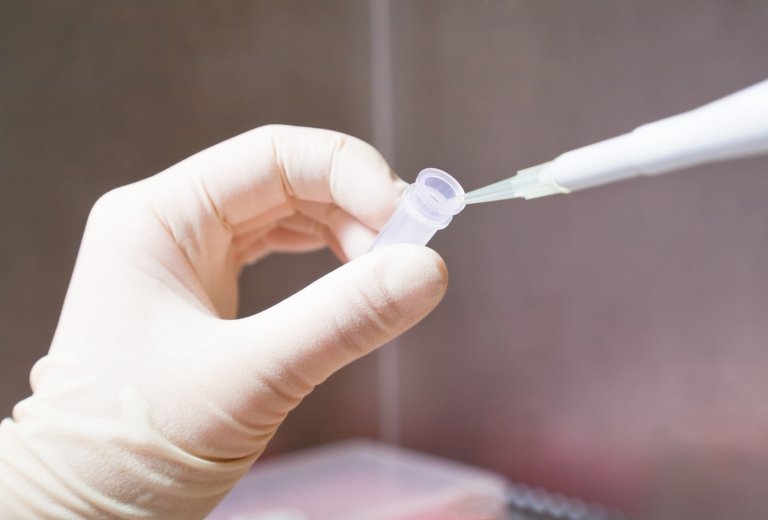
The role of seminal fluid in improving fertility treatment
There are two parts to semen: spermatozoa and the seminal fluid that the spermatozoa use as their means of travel.
Seminal fluid has traditionally been attributed the role of a simple means of transportation. However, many years ago, it started to become clear that exposure to seminal fluid with no spermatozoa content improved in vitro fertilisation results and the results in couples experiencing recurrent pregnancy loss.
Increased proof of this improvement in results has emerged over the last few months, as indicated in the recent scientific publications referenced at the end of this post. These pieces of scientific work confirm early observations and explain the reasons why.
The results really shouldn’t be a surprise to us because they had already been proven in many species of animals.
It has been observed that seminal fluid contains factors that improve immune tolerance, and that it facilitates embryo implantation and reduces recurrent pregnancy loss by making changes to the mother’s immune system. As well as facilitating pregnancies and helping them to progress. All this take place in the cervix and the endometrium. Exposure to seminal fluid also triggers ovulation, increases the speed at which the oocyte matures in the ovary and, last of all, encourages improved performance of the fallopian tubes.
Fertilisation is not the only aspect of fertility to benefit. Exposure to seminal fluid during pregnancy, reduces the risk of complications such as foetal growth restriction, preeclampsia and other issues in the placenta.
Dr Rafael Bernabeu, Medical Director at Instituto Bernabeu
MORE RELATED INFORMATION
- Semen quality parameters according to the World Health Organisation (WHO)
- Five healthy habits that you can adopt in order to improve the quality of your semen
- Seminal lavage: what is it and what is it used for?
- The impact of cannabis on semen
- Sperm capacitation
- Tobacco and semen quality
- Seminal lavage in males with HIV
- Temperature and Semen Quality
- Does being sexually aroused improve semen quality?
Bibliography
- Seminal fluid and fertility in women. Sarah A. Robertson, Ph.D. and David J. Sharkey, Ph.D. Fertility and Sterility. Vol. 106, Nº 3. Septiembre 2016
- The role of seminal plasma for improved outcomes during in vitro fertilization treatment: review of the literature and meta-analysis. Giselle Crawford, Arpita Ray, Anil Gudi, Amit Shah, and Roy Hombur. Human Reproduction Update. Vol.21, Nº 2, pp. 275–284. 2015
